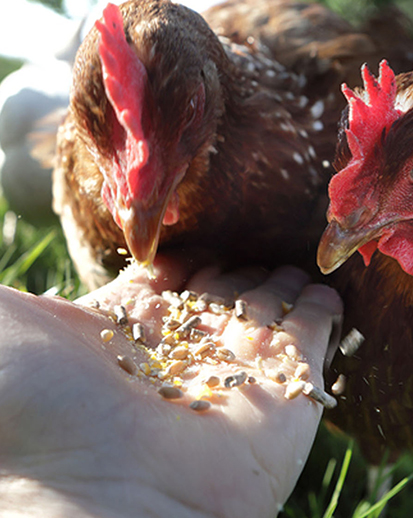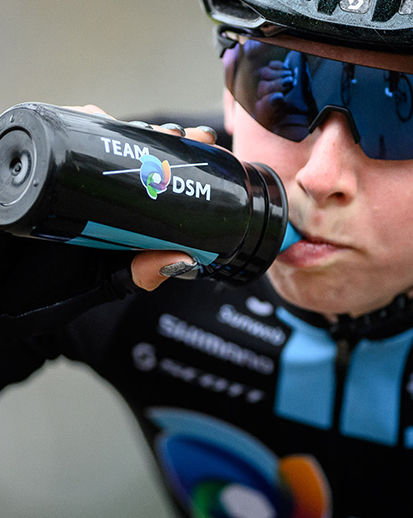Trends
Adapting to continuously changing conditions
Our expertise in materials science, combined with our close connection to customers, helps us produce many of the engineering thermoplastics and high-performance fibers that appear in products central to our everyday lives — from cars and electronics through packaging and construction to sports, medical equipment and the marine sector. Through our innovations, we address pressing global issues such as climate change and make a major contribution to the circular and bio-based economy and improved health and well-being.
We operate in an increasingly volatile world, in which we need to adapt to continuously changing macro-economic conditions, such as the COVID-19 pandemic. Our customers’ needs are changing rapidly, innovation cycles are getting shorter, and speed to market has never been more important.
Trends in automotive, electronics, medical and healthcare
Advanced materials with ever-higher performance levels are required across a wide range of applications and industries today:
- In automotive, society’s urgent requirement for sustainable transportation systems calls for higher-performing materials that enable autonomous, lightweight and more energy-efficient automotive design
- In electronics, consumers are increasingly seeking ‘smart’ connected, customized products that require high-performance materials in order to enable device connectivity, convenience, and efficiency
- In medical and healthcare applications, there is increased demand for products to protect the body, such as medical gowns and medical face masks; this trend has been increased by the effects of the COVID-19 pandemic
Other key trends
- Facilitating the creation of a circular economy: across the globe, circular economy concepts such as bio-based materials, end-of-life material recovery and closed-loop solutions are the hot topics in sustainability dialogues; consumer sentiment and regulatory pressure are combining to stimulate the development of materials that can drive the transition toward a circular economy — materials that are bio-based, recycled-based, reusable and recyclable
- The continued importance of safety: people are increasingly aware of the importance of safety, including safe manufacturing, product safety and product stewardship; we offer solutions that eliminate or reduce the use of hazardous substances
Primary energy is energy that has not yet been subjected to a human engineered conversion process. It is the energy contained in unprocessed fuels.
Final (consumed) energy is the energy that is consumed by end-users. The difference between primary energy and final consumed energy is caused by the conversion process between the two as well as any transmission losses.







